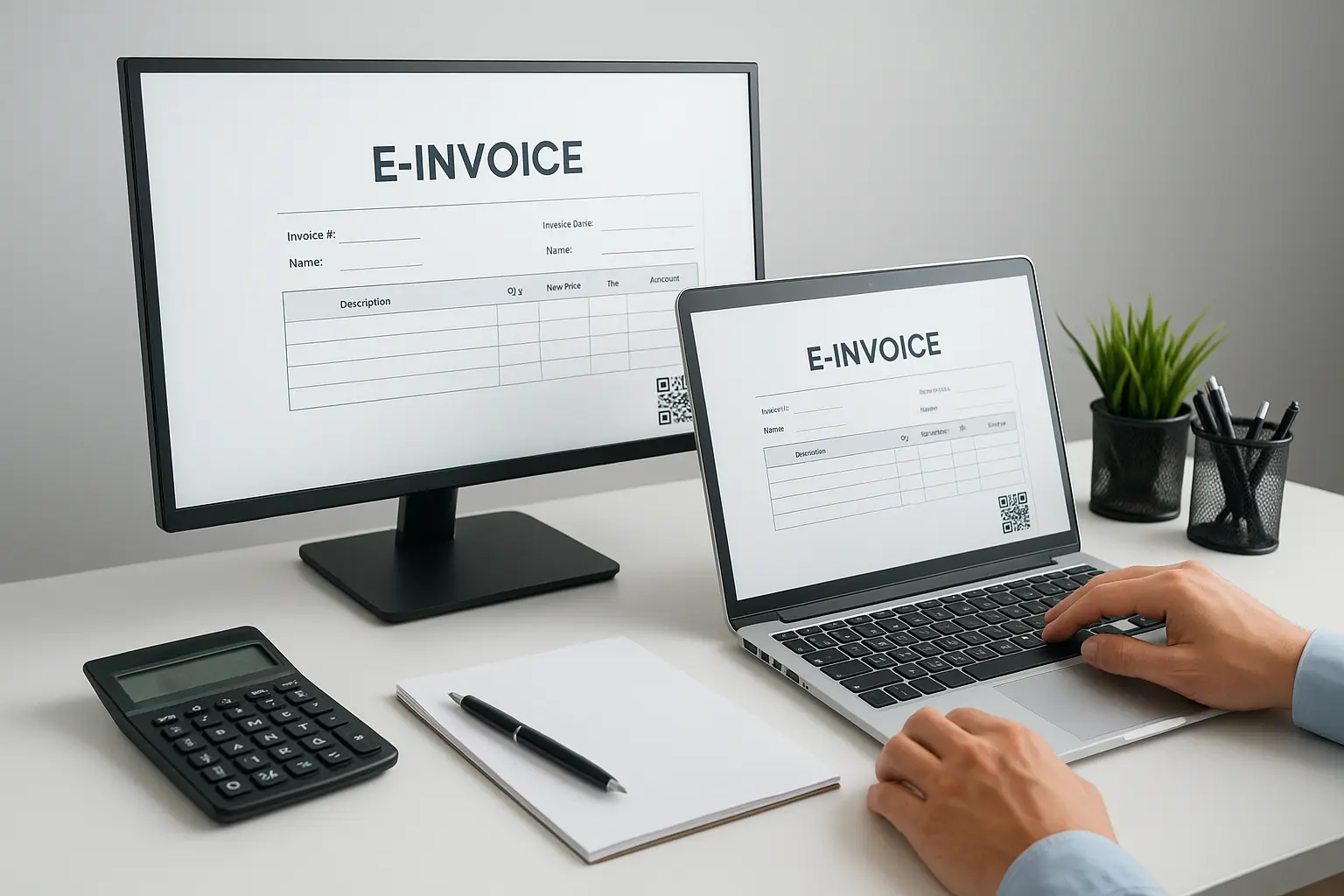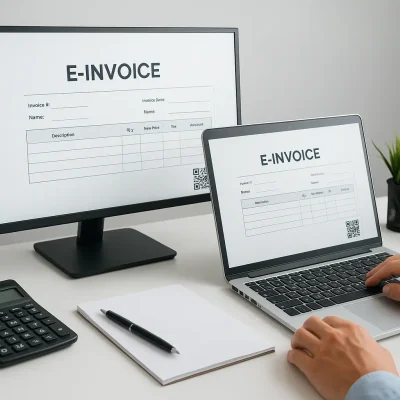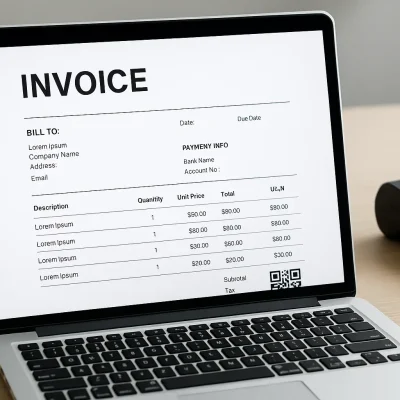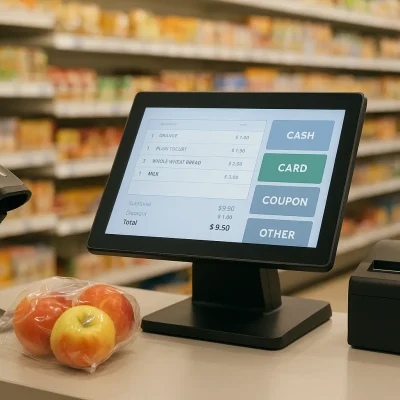The FBR E-Invoicing System in Pakistan is transforming how businesses handle sales and tax reporting. Whether you manage a retail store or a manufacturing firm, understanding this system is essential for staying compliant and efficient. With digital invoicing, you can reduce paperwork, improve accuracy, and save valuable time. In this guide, you’ll learn how to set up and use FBR’s e-invoicing process in a few simple steps.
What Is the FBR E-Invoicing System?
Introduced by the Federal Board of Revenue (FBR), the e-invoicing system is designed to make tax reporting transparent and automatic. Instead of creating manual invoices, businesses can now generate digital ones that are verified by FBR in real time.
Consequently, every transaction becomes traceable and tamper-proof. Moreover, it helps reduce tax evasion, ensures accuracy, and builds a stronger digital ecosystem for businesses across Pakistan.
Why Is FBR E-Invoicing Important?
The system brings convenience and credibility to business operations. It ensures that each sale is reported correctly and that all taxes are calculated automatically. As a result, your business saves both time and effort during audits or tax submissions.
Here are a few key advantages:
- Promotes transparent transactions
- Minimizes manual calculation errors
- Simplifies tax return filing
- Builds trust with customers and regulators
- Helps maintain consistent business records
In short, adopting this digital invoicing system means smoother operations and greater compliance.
Who Should Use It?
Currently, FBR has made e-invoicing mandatory for selected sectors under the Sales Tax Act. This applies to:
- Large-scale manufacturers and importers
- Wholesalers and distributors
- Retailers using FBR-integrated POS software
- Businesses exceeding FBR’s turnover threshold
If you’re uncertain about your eligibility, visit the FBR Official Website or consult a tax expert for confirmation.
Step-by-Step Process for E-Invoicing
Let’s explore how to set up and start using the system efficiently.
Step 1: Register with FBR
First, register your business on the FBR Iris Portal. After completing the process, you’ll receive your Sales Tax Registration Number (STRN). This number uniquely identifies your business within FBR’s digital records.
Once registered, you can proceed to enable e-invoicing integration.
Step 2: Integrate Your POS System
Next, connect your POS or ERP software with the FBR platform. This integration allows your sales data to flow directly to FBR for verification.
Fortunately, modern POS systems like OneClick POS already come equipped with FBR integration. Therefore, you won’t need any additional technical setup. Just enable the connection and start generating verified invoices instantly.
Step 3: Create and Send Digital Invoices
Once integration is active, your system can automatically generate e-invoices for every sale. Each invoice includes the buyer’s details, product description, tax amount, and a QR code.
After generation, the invoice is transmitted to FBR servers for verification. Within seconds, you’ll receive a confirmation number and QR code that confirms authenticity.
Step 4: Verify Your Invoices
Verification happens in real time. Customers can scan the QR code using the FBR Tax Asaan App to confirm the invoice’s validity. This not only improves transparency but also builds customer trust.
Because the process is automatic, you can focus more on running your business instead of handling complex paperwork.
Step 5: Maintain Digital Records
All verified invoices are securely stored in both your POS system and FBR’s database. Therefore, your Sales Tax Returns (STRs) can be generated quickly and accurately. Additionally, digital storage makes audits smoother and eliminates the risk of lost records.
Common Issues and Smart Solutions
While most businesses find the setup straightforward, some face minor challenges. Thankfully, these can be resolved easily:
- Integration errors: Always use an FBR-approved POS system.
- Data omissions: Double-check invoice details before submission.
- Connectivity issues: Keep a stable internet connection for real-time syncing.
- Outdated software: Update your POS regularly to meet FBR requirements.
With these best practices, your system will run smoothly and stay compliant.
Benefits of Using an Integrated POS System
A POS solution integrated with FBR simplifies every step of the invoicing process. It enables you to:
- Generate invoices instantly
- Automate tax submissions
- Access real-time reporting
- Reduce manual effort and errors
- Improve financial control
Consequently, adopting such a solution ensures long-term business efficiency and compliance.
Conclusion
To sum up, the FBR E-Invoicing System in Pakistan is a vital move toward digital transformation and transparent taxation. By following this step-by-step process, your business can stay compliant, minimize errors, and save valuable time.
At OneClick, we help businesses adopt FBR-compliant solutions without complexity. Our FBR Invoicing POS software automates invoicing, verifies each transaction in real time, and keeps your operations tax-ready.
Contact OneClick today to integrate your POS system and simplify your journey with Pakistan’s digital tax system.




